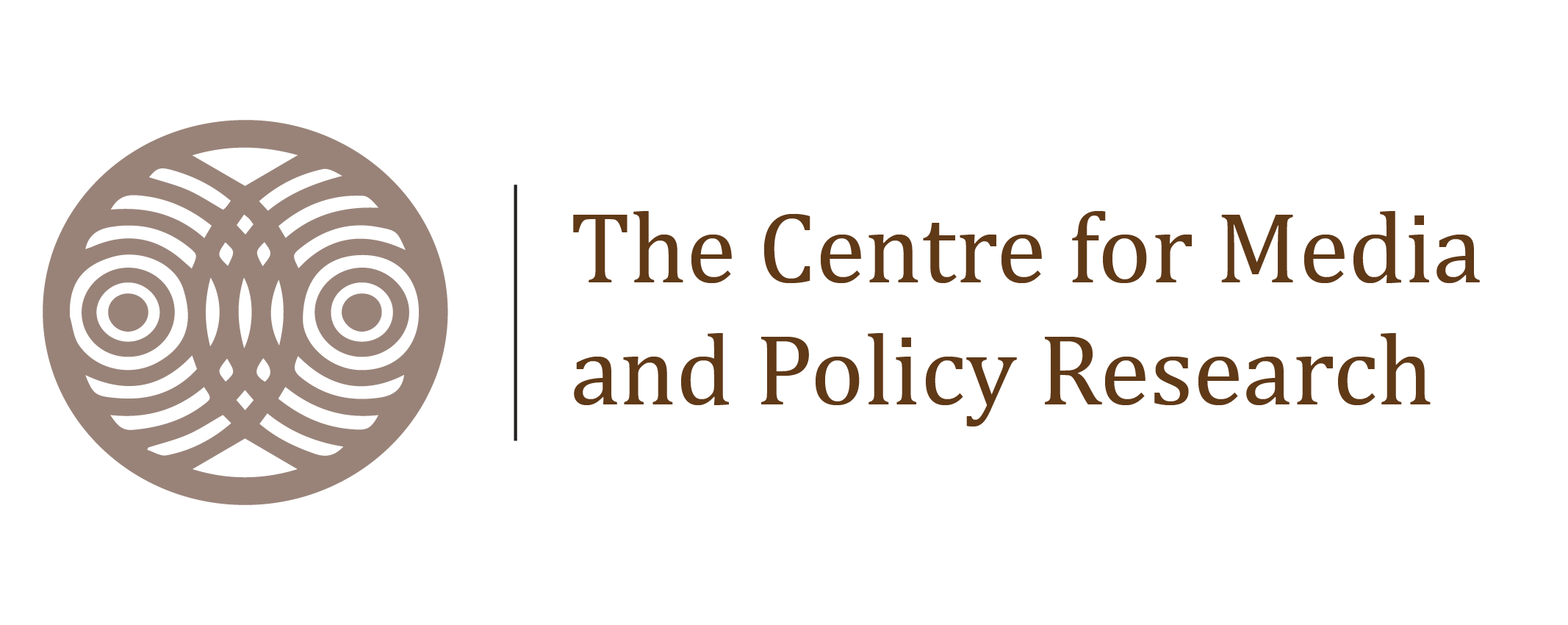How easy it would be if the politicians could simply tap into the collective mind of the public for instantly gauge their opinions on every issue or if media companies could understand the needs of their audience to provide content accordingly. While it may seem like science fiction, the reality is that measuring public opinion is a critical task for researchers, policymakers, and anyone who is interested in understanding the dynamics of society. Be it shaping government policies, understanding the needs of the target groups or driving social movements, public opinion plays a pivotal role in shaping our world.
Here are a few measures that researchers can use to understand and analyze this intangible force- Public Opinion:
Key methods which are prominently used include:
- Surveys: Surveys are the most common method of measuring public opinion. They involve asking a representative sample of individuals their opinions on specific issues. Scientific Polling, Telephone Polls, Online Surveys, etc are a few methods that could be employed. Schedules or questionnaires could be used as a tool for data collection.
- Focus Groups: Small groups of individuals are brought together to discuss their opinions on a specific issue. This method provides in-depth insights into public attitudes and can be particularly useful for understanding perspectives. Representation of stakeholders is necessary in focus groups.
- Experiments: Controlled studies can be designed to test the effects of different variables on public opinion. Experiments can help researchers isolate specific factors that influence public attitudes and behavior.
Other Methods which can be used to understand public opinion include:
- Elections: Election results can provide valuable insights into public opinion on a wide range of issues. However, it is important to note that elections do not always reflect the opinions of all citizens.
- Media/ Content Analysis: Examining news coverage, editorials and public commentary can provide clues about public sentiment. But, media coverage may not always accurately represent the full spectrum of public opinion.
- Observation: Observing public behavior and reactions to events or policies can offer qualitative insights into public opinion. For example, the size and intensity of protests can indicate the level of public support or opposition to a particular issue.
- Social Media Analysis: Analyzing social media posts, comments, and trends can provide real-time insights into public opinion. While using this method, it is important to be aware of potential biases and limitations of data collected through social media.
While collecting data and using a specific method for measuring public opinion, it is important to consider the following challenges:
- Sampling Bias: Ensuring that the sample of individuals surveyed is representative of the entire population is crucial for accurate results.
- Questionnaire Design: The wording and order of questions can significantly impact survey results. Questionnaires can be structured, semi-structured or unstructured as per the requirements of the research work.
- Response Bias: Factors such as social desirability bias can influence respondents’ answers.
- Changing Public Opinion: Public opinion can fluctuate rapidly, making it challenging to capture accurate measurements at any given time.
Measuring public opinion is a complex task that requires careful consideration of various factors. By understanding the different methods available and their limitations, researchers and policymakers can effectively gauge public sentiment and inform their decisions.
References
- Pew Research Center. (2023). https://www.pewresearch.org/our-research/
- Gallup. (2023). https://www.gallup.com/home.aspx
- American National Election Studies. (2023). https://cps.isr.umich.edu/project/american-national-election-studies-anes/
- Lazarsfeld, P. F., Berelson, B. R., & Gaudet, H. (1944). The people’s choice: How the voter makes his decision. New York: Columbia University Press.
- Converse, P. E. (1964). The nature of belief systems in mass publics. In D. E. Apter & R. A. Dahl (Eds.), Essays in African political thought (pp. 204-261). New York: Atheneum.
Centre for Media and Policy Research consults in measuring Public Opinion. To express your views and to contribute to our mission of building a collaborative space for media academics and industry, write to us at cmprindia@gmail.com
Read more…






